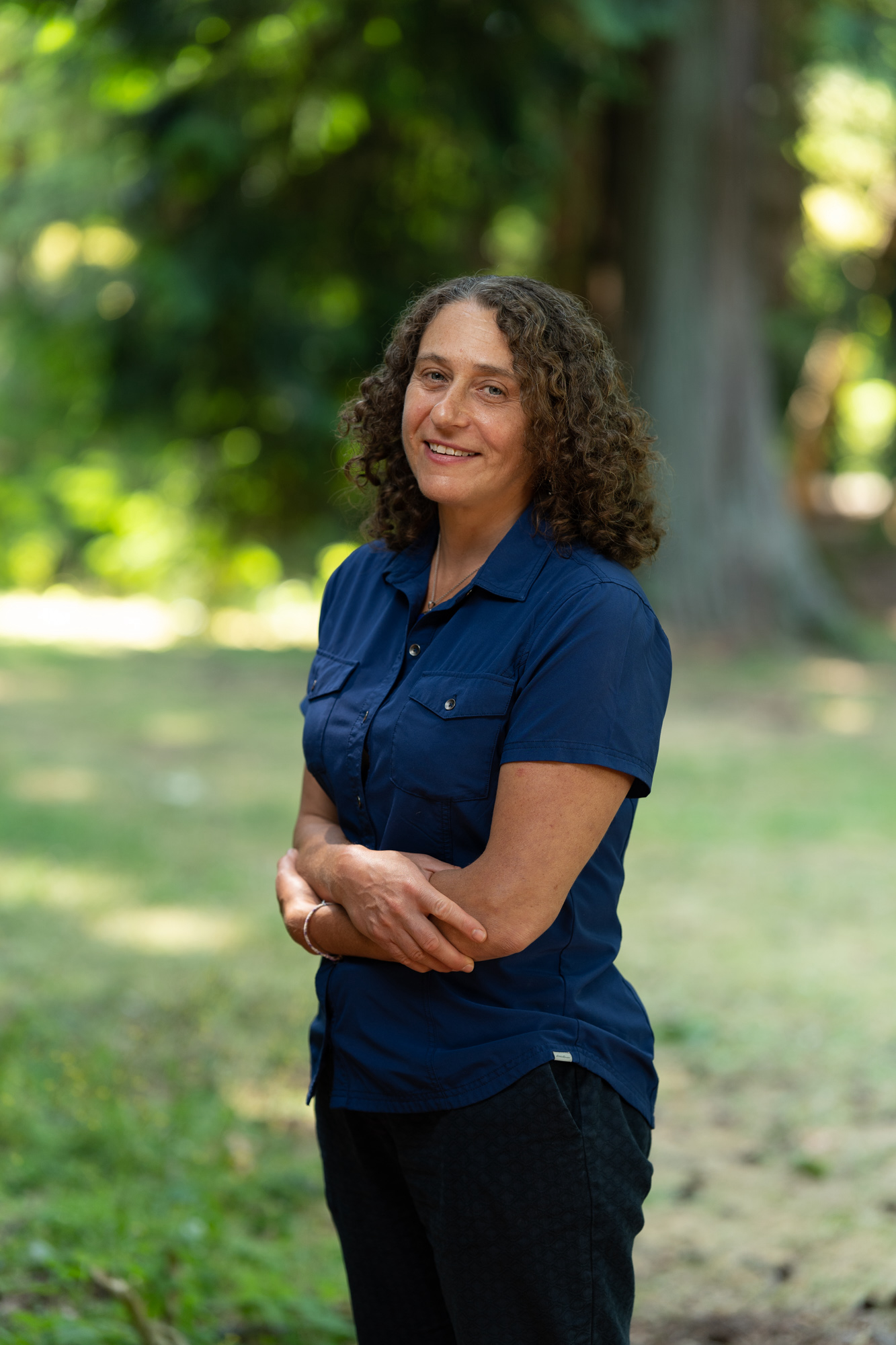In this edition of DRRN Member Highlights, we’re featuring Sara Shneiderman, a sociocultural anthropologist at UBC. Her research explores community experiences of disaster aftermath and preparedness in both Canada and Asia, with a focus on Nepal, where she has worked for over 25 years. After witnessing the impacts of the 2015 Nepal earthquakes, she became deeply engaged in disaster resilience research, bridging insights from the Global South with disaster planning in British Columbia.
DRRN Member Highlights: Sara Shneiderman
March 4, 2025
I am a sociocultural anthropologist, with a joint appointment in UBC’s Department of Anthropology and School of Public Policy and Global Affairs. My research focuses on community experiences of disaster aftermath and preparedness, in both Canada and Asia. My long-term ethnographic research is in Nepal and the broader Himalayan region. I got engaged in disaster resilience research after 2015, when the communities I’ve worked with closely for over 25 years in Nepal were devastated by two large earthquakes. I’m currently working on a book manuscript about conflict, disaster, and transformation in Nepal, and have also published several collaborative articles about these themes over the last few years.
Experiences with earthquake aftermaths in Nepal got me interested in the question of earthquake and disaster prepaparedness more generally here in BC as well. So I have been working on a series of initiatives about disaster preparedness here, most recently in collaboration with the City of Vancouver. In that work, I am trying to bring insights and lessons learned from Nepal and other countries in the Global South into conversation with our experiences and policy-making here in the Global North.
I’ve been co-leading the DRRN research cluster with Carlos Molina Hutt (Engineering) since its inception. Carlos and I met in 2019 at a workshop about global post-earthquake experiences, and realized we had a lot to discuss across the disciplinary divide between anthropology and engineering. I think this community is important because it gives diverse scholars like us a platform to meet and share ideas. Often we have similar objectives, but with very different methodologies - so this is a space for all of us to learn from each other and put that transdisciplinary collaboration towards actually making a difference in disaster planning.
Situated knowledge is critical to effective disaster response, recovery, and preparedness. That there is a lot of important learning from countries that have experienced large-scale seismic disasters in recent years—like Nepal, as well as Japan, Haiti, and many others—that we should be building upon in our own planning. We don’t have to reinvent the wheel. For example, in Nepal we learned that understanding locally-relevant definitions of “house” and “household”, and applying them consistently, were really important in planning for successful disaster recovery. We can build upon that knowledge here by reviewing our own policies in advance of a major disaster.

